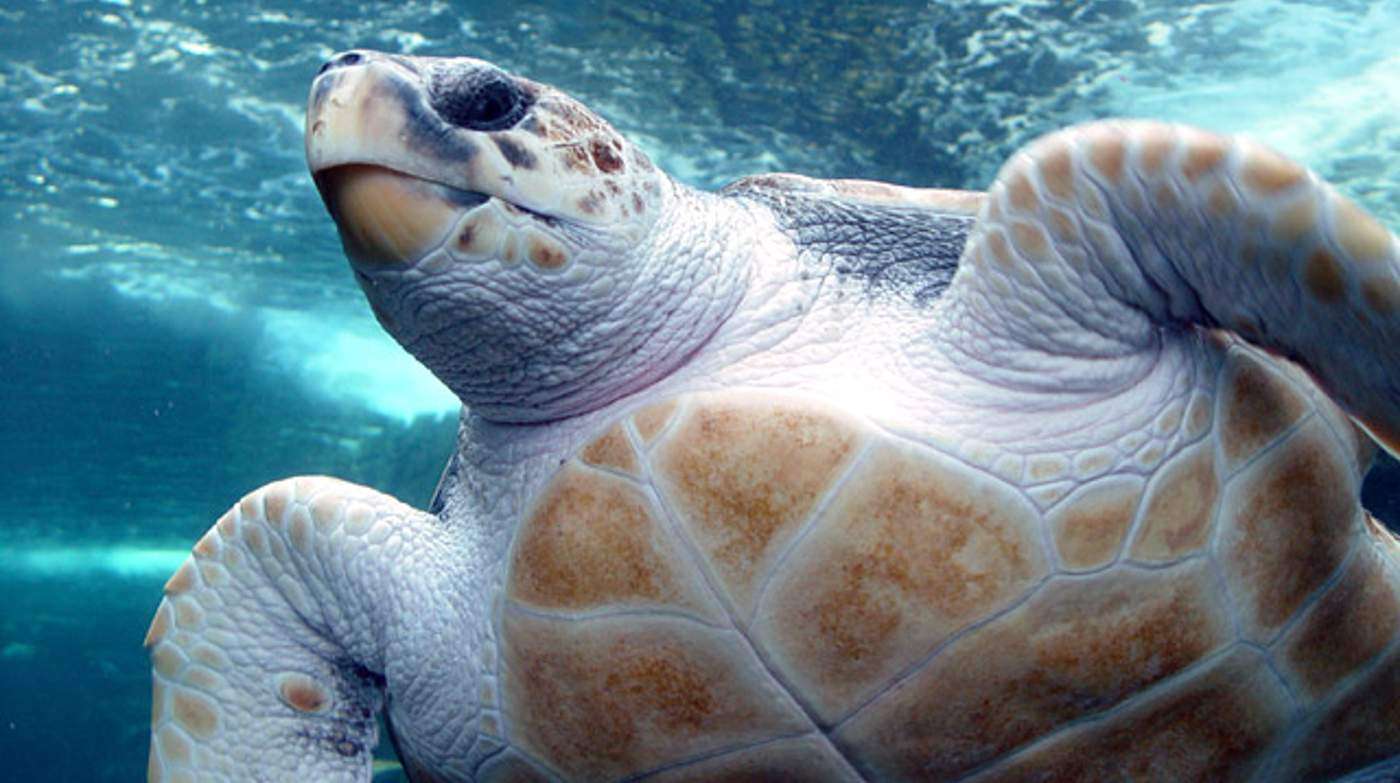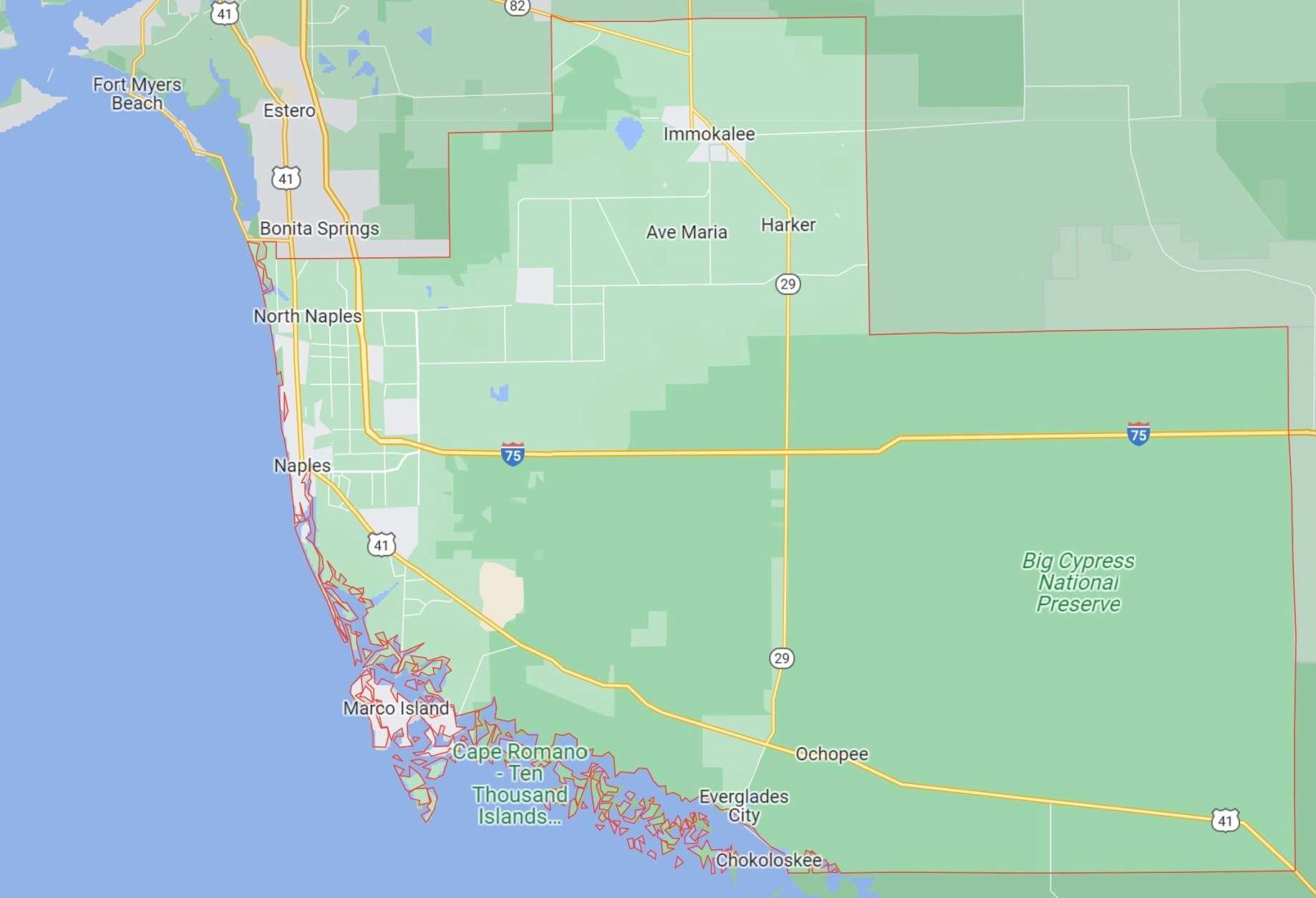Safari Park Worker is Best Friends With Lion That He's Cuddled and Pampered For Years - WATCH
Meet the South African animal expert who has been cuddling and pampering a 550-lb lion named George for over ten years.

Turtle counting teams have recorded the biggest nesting season on the Southwest Florida beaches of Bonita, Vanderbilt, and Naples, as well as Marco and Keewaydin Islands.
Green and Loggerhead sea turtles nest all over the beaches of Southwest Florida, and volunteers counting the nests have been left ‘astonished' and ‘ecstatic,' and the reptiles' fecundity this year.
Collier County, which includes all the sea turtle site barring Bonita Beach, registered 55 short of two-thousand nests, breaking all previous counting records.
This included 609 nests on Keewaydin Island alone, and what is likely an undercount on the still record breaking 108 nests of Marco Island.
A part of Marco Island was separated by high waters during the nesting season which prevented volunteers from examining all beaches for nests.
"We've never seen numbers like this," Principal Environmental Specialist for Collier County Maura Kraus told the Marco Eagle newspaper. "And they are hatching really, really well. I had some underwater a long time and they still hatched."

It also included a couple of firsts. Marco Island registered its first ever green sea turtle nests, and Parkshore Beach in Collier County even found a leatherback turtle nest, the first in the mainland's history.
Bonita Beach, just north of Collier County, found 282 nests, breaking its 2019 nesting record of 238.
Turtle nests can contain up to 150 eggs, and with volunteers to help ensure that as many as possible have the chance to make it to the ocean, it's a massive support to the populations in the Gulf.
Back in 2005, the whole area counted just 466 nests, worrying biologists.
"We were really worried," Kraus said. "We started on the upward slope around 2016, and we have had good years ever since, and this year is breaking records."
The volunteers who monitor the nests will mark them with simple wooden stakes and caution tape to ensure beach goers don't tread on them.
Three days after a nest hatches, volunteers will examine it to get a number of eggs hatched. Any late hatchers will be rescued and released at nighttime when they have the best chance of slipping away into the sea.
SHARE This Great Species Recovery News On Social Media… (Featured image by Damien du Toit, CC license)
Be the first to comment